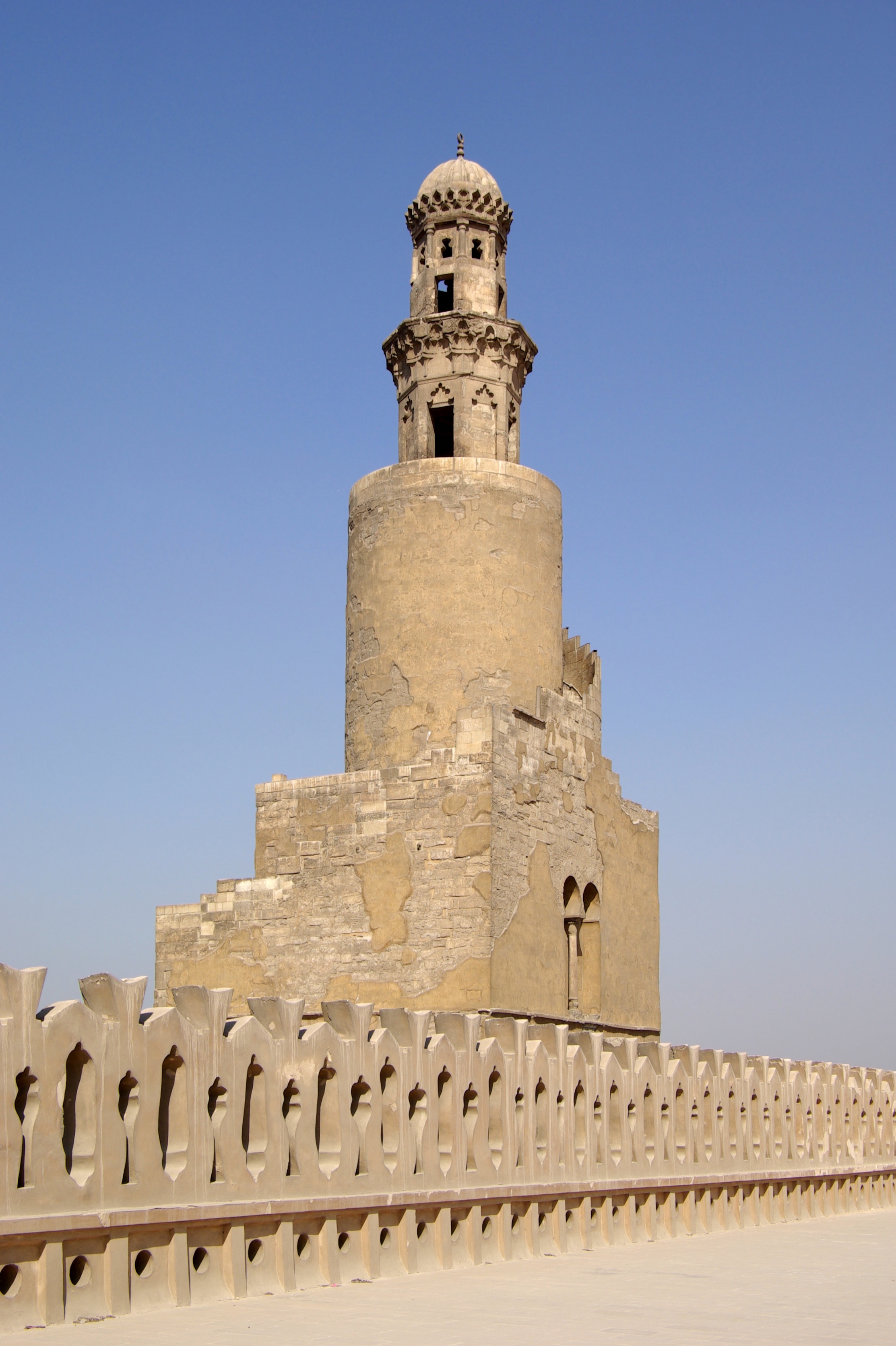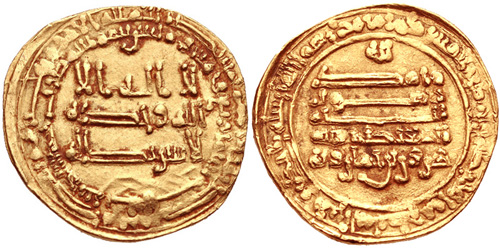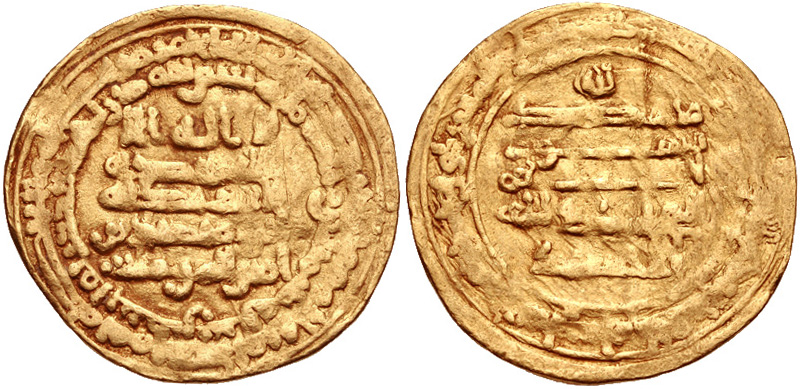|
Shayban Ibn Ahmad Ibn Tulun
Shayban ibn Ahmad ibn Tulun was the fifth and last Emir of the Tulunids in Egypt (904-905). A son of the dynasty's founder, Ahmad ibn Tulun, he succeeded his nephew Harun ibn Khumarawayh, who was killed in a mutiny in December 904 during the invasion of Egypt by the Abbasid Caliphate. After years of mismanagement, the emirate was beyond rescue - he was forced to retreat with his army to Fustat, where on 10 January 905 he surrendered unconditionally to the Abbasid commander Muhammad ibn Sulayman al-Katib Muhammad ibn Sulayman (), surnamed al-Katib, was a senior official and commander of the Abbasid Caliphate, most notable for his victories against the Qarmatians and for his reconquest of Syria and Egypt from the autonomous Tulunid dynasty. Life ..., ending the rule of the Tulunids. 10th-century Tulunid emirs 10th-century monarchs in Africa Tulunid emirs {{Africa-royal-stub ... [...More Info...] [...Related Items...] OR: [Wikipedia] [Google] [Baidu] |
Emir
Emir (; ar, أمير ' ), sometimes transliterated amir, amier, or ameer, is a word of Arabic origin that can refer to a male monarch, aristocrat, holder of high-ranking military or political office, or other person possessing actual or ceremonial authority. The title has a long history of use in the Arab World, East Africa, West Africa, Central Asia, and the Indian subcontinent. In the modern era, when used as a formal monarchical title, it is roughly synonymous with "prince", applicable both to a son of a hereditary monarch, and to a reigning monarch of a sovereign principality, namely an emirate. The feminine form is emira ( '), a cognate for "princess". Prior to its use as a monarchical title, the term "emir" was historically used to denote a "commander", "general", or "leader" (for example, Amir al-Mu'min). In contemporary usage, "emir" is also sometimes used as either an honorary or formal title for the head of an Islamic, or Arab (regardless of religion) organisation ... [...More Info...] [...Related Items...] OR: [Wikipedia] [Google] [Baidu] |
Tulunids
The Tulunids (), were a Mamluk dynasty of Turkic origin who were the first independent dynasty to rule Egypt, as well as much of Syria, since the Ptolemaic dynasty. They were independent from 868, when they broke away from the central authority of the Abbasid Caliphate, to 905, when the Abbasids restored the Tulunid domains to their control. In the late 9th century, internal conflict amongst the Abbasids made control of the outlying areas of the empire was increasingly tenuous, and in 868 the Turkic officer Ahmad ibn Tulun established himself as an independent governor of Egypt. He subsequently achieved nominal autonomy from the central Abbasid government. During his reign (868–884) and those of his successors, the Tulunid domains were expanded to include Jordan Rift Valley, as well as Hejaz, Cyprus and Crete. Ahmad was succeeded by his son Khumarawayh, whose military and diplomatic achievements made him a major player in the Middle Eastern political stage. The Abbasi ... [...More Info...] [...Related Items...] OR: [Wikipedia] [Google] [Baidu] |
Egypt
Egypt ( ar, مصر , ), officially the Arab Republic of Egypt, is a transcontinental country spanning the northeast corner of Africa and southwest corner of Asia via a land bridge formed by the Sinai Peninsula. It is bordered by the Mediterranean Sea to the north, the Gaza Strip of Palestine and Israel to the northeast, the Red Sea to the east, Sudan to the south, and Libya to the west. The Gulf of Aqaba in the northeast separates Egypt from Jordan and Saudi Arabia. Cairo is the capital and largest city of Egypt, while Alexandria, the second-largest city, is an important industrial and tourist hub at the Mediterranean coast. At approximately 100 million inhabitants, Egypt is the 14th-most populated country in the world. Egypt has one of the longest histories of any country, tracing its heritage along the Nile Delta back to the 6th–4th millennia BCE. Considered a cradle of civilisation, Ancient Egypt saw some of the earliest developments of writing, agriculture, ur ... [...More Info...] [...Related Items...] OR: [Wikipedia] [Google] [Baidu] |
Ahmad Ibn Tulun
Ahmad ibn Tulun ( ar, أحمد بن طولون, translit=Aḥmad ibn Ṭūlūn; c. 20 September 835 – 10 May 884) was the founder of the Tulunid dynasty that ruled Egypt and Syria between 868 and 905. Originally a Turkic slave-soldier, in 868 Ibn Tulun was sent to Egypt as governor by the Abbasid caliph. Within four years Ibn Tulun had established himself as a virtually independent ruler by evicting the caliphal fiscal agent, Ibn al-Mudabbir, taking over control of Egypt's finances, and establishing a large military force personally loyal to himself. This process was facilitated by the volatile political situation in the Abbasid court and the preoccupation of the Abbasid regent, al-Muwaffaq, with the wars against the Saffarids and the Zanj Rebellion. Ibn Tulun also took care to establish an efficient administration in Egypt. After reforms to the tax system, repairs to the irrigation system, and other measures, the annual tax yield grew markedly. As a symbol of his new regime, h ... [...More Info...] [...Related Items...] OR: [Wikipedia] [Google] [Baidu] |
Harun Ibn Khumarawayh
Harun ibn Khumarawayh ( ar, هارون بن خمارويه; died 30 December 904) was the fourth Tulunid Emir of Egypt (896–904). He succeeded his elder brother Abu 'l-Asakir Jaysh, who had been murdered by army chiefs. He left state affairs to the vizier, Abu Ja'far ibn Ali, preferring to live a life of dissolute luxury. This led to a growing crisis in the country, since state finances could not be regulated and the army leaders gradually accrued more power to themselves The Abbasid Caliphate took advantage of this state of affairs and invaded Tulunid-controlled Syria in 904. The Tulunid troops deserted, and the forces of the Caliphate were able to enter the Nile The Nile, , Bohairic , lg, Kiira , Nobiin: Áman Dawū is a major north-flowing river in northeastern Africa. It flows into the Mediterranean Sea. The Nile is the longest river in Africa and has historically been considered the longest ... valley. Harun was killed in an army mutiny. His successor was th ... [...More Info...] [...Related Items...] OR: [Wikipedia] [Google] [Baidu] |
Abbasid Caliphate
The Abbasid Caliphate ( or ; ar, الْخِلَافَةُ الْعَبَّاسِيَّة, ') was the third caliphate to succeed the Islamic prophet Muhammad. It was founded by a dynasty descended from Muhammad's uncle, Abbas ibn Abdul-Muttalib (566–653 CE), from whom the dynasty takes its name. They ruled as caliphs for most of the caliphate from their capital in Baghdad in modern-day Iraq, after having overthrown the Umayyad Caliphate in the Abbasid Revolution of 750 CE (132 AH). The Abbasid Caliphate first centered its government in Kufa, modern-day Iraq, but in 762 the caliph Al-Mansur founded the city of Baghdad, near the ancient Babylonian capital city of Babylon. Baghdad became the center of science, culture and invention in what became known as the Golden Age of Islam. This, in addition to housing several key academic institutions, including the House of Wisdom, as well as a multiethnic and multi-religious environment, garnered it a worldwide reputation as the ... [...More Info...] [...Related Items...] OR: [Wikipedia] [Google] [Baidu] |
Fustat
Fusṭāṭ ( ar, الفُسطاط ''al-Fusṭāṭ''), also Al-Fusṭāṭ and Fosṭāṭ, was the first capital of Egypt under Muslim rule, and the historical centre of modern Cairo. It was built adjacent to what is now known as Old Cairo by the Rashidun Muslim general 'Amr ibn al-'As immediately after the Muslim conquest of Egypt in AD 641, and featured the Mosque of Amr, the first mosque built in Egypt. The city reached its peak in the 12th century, with a population of approximately 200,000.Williams, p. 37 It was the centre of administrative power in Egypt, until it was ordered burnt in 1168 by its own vizier, Shawar, to keep its wealth out of the hands of the invading Crusaders. The remains of the city were eventually absorbed by nearby Cairo, which had been built to the north of Fustat in 969 when the Fatimids conquered the region and created a new city as a royal enclosure for the Caliph. The area fell into disrepair for hundreds of years and was used as a rubbish dump ... [...More Info...] [...Related Items...] OR: [Wikipedia] [Google] [Baidu] |
Muhammad Ibn Sulayman Al-Katib
Muhammad ibn Sulayman (), surnamed al-Katib, was a senior official and commander of the Abbasid Caliphate, most notable for his victories against the Qarmatians and for his reconquest of Syria and Egypt from the autonomous Tulunid dynasty. Life and career As his surname ''al-katib'' ("the secretary") indicates, he was originally a secretary of the Tulunid general Lu'lu', who from Raqqa ruled over northern Syria on behalf of the autonomous emir of Egypt, Ahmad ibn Tulun. When Lu'lu defected to the Abbasid regent al-Muwaffaq in 882, Muhammad followed his master and became a secretary in the central caliphal administration. He is next mentioned by al-Tabari in 891, as secretary to the vizier Abu'l-Saqr Isma'il ibn Bulbul. The latter supported an abortive attempt to depose al-Muwaffaq and restore power to Caliph al-Mu'tamid, but the reaction of the populace of Baghdad and the army thwarted this. In the resulting riots, Muhammad's house was burned down by the mob. Nevertheless, in 896 ... [...More Info...] [...Related Items...] OR: [Wikipedia] [Google] [Baidu] |
Tulunid
The Tulunids (), were a Mamluk dynasty of Turkic peoples, Turkic origin who were the first independent dynasty to rule Egypt in the Middle Ages, Egypt, as well as much of Bilad al-Sham, Syria, since the Ptolemaic dynasty. They were independent from 868, when they broke away from the central authority of the Abbasid Caliphate, to 905, when the Abbasids restored the Tulunid domains to their control. In the late 9th century, internal conflict amongst the Abbasids made control of the outlying areas of the empire was increasingly tenuous, and in 868 the Turkic peoples, Turkic officer Ahmad ibn Tulun established himself as an independent governor of Egypt. He subsequently achieved nominal autonomy from the central Abbasid government. During his reign (868–884) and those of his successors, the Tulunid domains were expanded to include Jordan Rift Valley, as well as Hejaz, Cyprus and Crete. Ahmad was succeeded by his son Khumarawayh, whose military and diplomatic achievements made h ... [...More Info...] [...Related Items...] OR: [Wikipedia] [Google] [Baidu] |
List Of Governors Of Islamic Egypt
Governors of Arab Egypt (640–1250) and Mamluk Egypt (1250–1517). For other periods, see the list of rulers of Egypt. Rashidun Caliphate (640–658) Umayyad Caliphate (659–750) Dates taken from John Stewart's ''African States and Rulers'' (2005). Abbasid Caliphate (750–969) Governors during the first Abbasid period (750–868) Dates taken from John Stewart's ''African States and Rulers'' (2005). Autonomous emirs of the Tulunid dynasty (868–905) Dates taken from John Stewart's ''African States and Rulers'' (2005). Governors during the second Abbasid period (905–935) Dates taken from John Stewart's ''African States and Rulers'' (2005). Autonomous emirs of the Ikhshidid dynasty (935–969) Dates taken from John Stewart's ''African States and Rulers'' (2005). Fatimid Dynasty (969–1171) Dates for Caliphs taken from John Stewart's ''African States and Rulers'' (2005). Ayyubid Sultanate (1171–1252) Dates taken from John Stewart's ''African States an ... [...More Info...] [...Related Items...] OR: [Wikipedia] [Google] [Baidu] |
10th-century Tulunid Emirs
1 (one, unit, unity) is a number representing a single or the only entity. 1 is also a numerical digit and represents a single unit of counting or measurement. For example, a line segment of ''unit length'' is a line segment of length 1. In conventions of sign where zero is considered neither positive nor negative, 1 is the first and smallest positive integer. It is also sometimes considered the first of the infinite sequence of natural numbers, followed by 2, although by other definitions 1 is the second natural number, following 0. The fundamental mathematical property of 1 is to be a multiplicative identity, meaning that any number multiplied by 1 equals the same number. Most if not all properties of 1 can be deduced from this. In advanced mathematics, a multiplicative identity is often denoted 1, even if it is not a number. 1 is by convention not considered a prime number; this was not universally accepted until the mid-20th century. Additionally, 1 is ... [...More Info...] [...Related Items...] OR: [Wikipedia] [Google] [Baidu] |
10th-century Monarchs In Africa
1 (one, unit, unity) is a number representing a single or the only entity. 1 is also a numerical digit and represents a single unit of counting or measurement. For example, a line segment of ''unit length'' is a line segment of length 1. In conventions of sign where zero is considered neither positive nor negative, 1 is the first and smallest positive integer. It is also sometimes considered the first of the infinite sequence of natural numbers, followed by 2, although by other definitions 1 is the second natural number, following 0. The fundamental mathematical property of 1 is to be a multiplicative identity, meaning that any number multiplied by 1 equals the same number. Most if not all properties of 1 can be deduced from this. In advanced mathematics, a multiplicative identity is often denoted 1, even if it is not a number. 1 is by convention not considered a prime number; this was not universally accepted until the mid-20th century. Additionally, 1 is the s ... [...More Info...] [...Related Items...] OR: [Wikipedia] [Google] [Baidu] |
.jpg)



.jpg)


